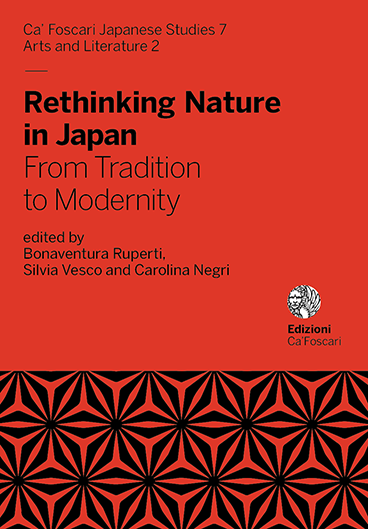- search 426 views
- file_download 59 download
- keyboard_capslock metadata
-
mark_email_readIscriviti alla newsletter
Japan and the Culture of the Four Seasons
Nature, Literature and the Arts
abstract
This paper examines the major functions of the representations of nature in traditional Japanese culture with an emphasis on the following: 1) the codification of nature and the seasons in a wide range of Japanese cultural phenomena, beginning with classical poetry (waka) and scroll paintings (emaki), from at least the tenth century onward; 2) the cause, manner, and function of that codification, particularly the social and religious functions; 3) a major historical change in the representation of nature in the late medieval period (fourteenth to sixteenth centuries) to include more farm-village based views of nature and the seasons; and 4) the dynamic of intertwining courtly and popular representations of nature in the early modern period (seventeenth to nineteenth centuries).
Keywords: Social and talismanic functions • Four seasons • Japanese culture • Nature
permalink: http://doi.org/10.14277/6969-171-3/CFJS-7-1




